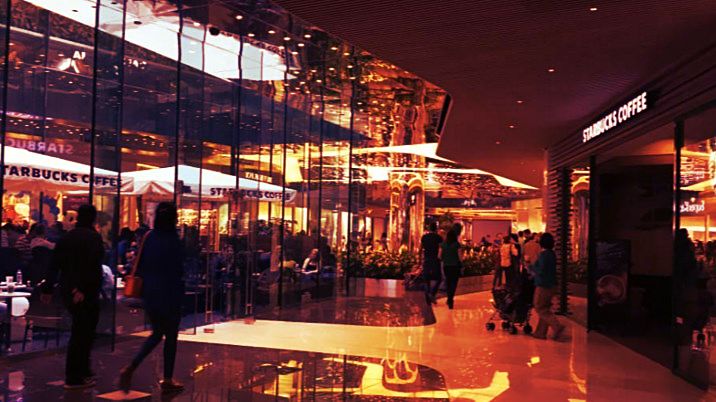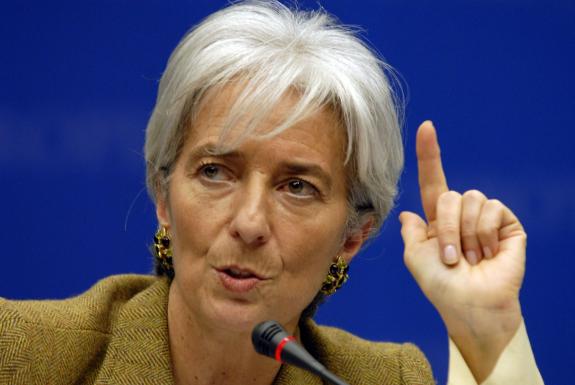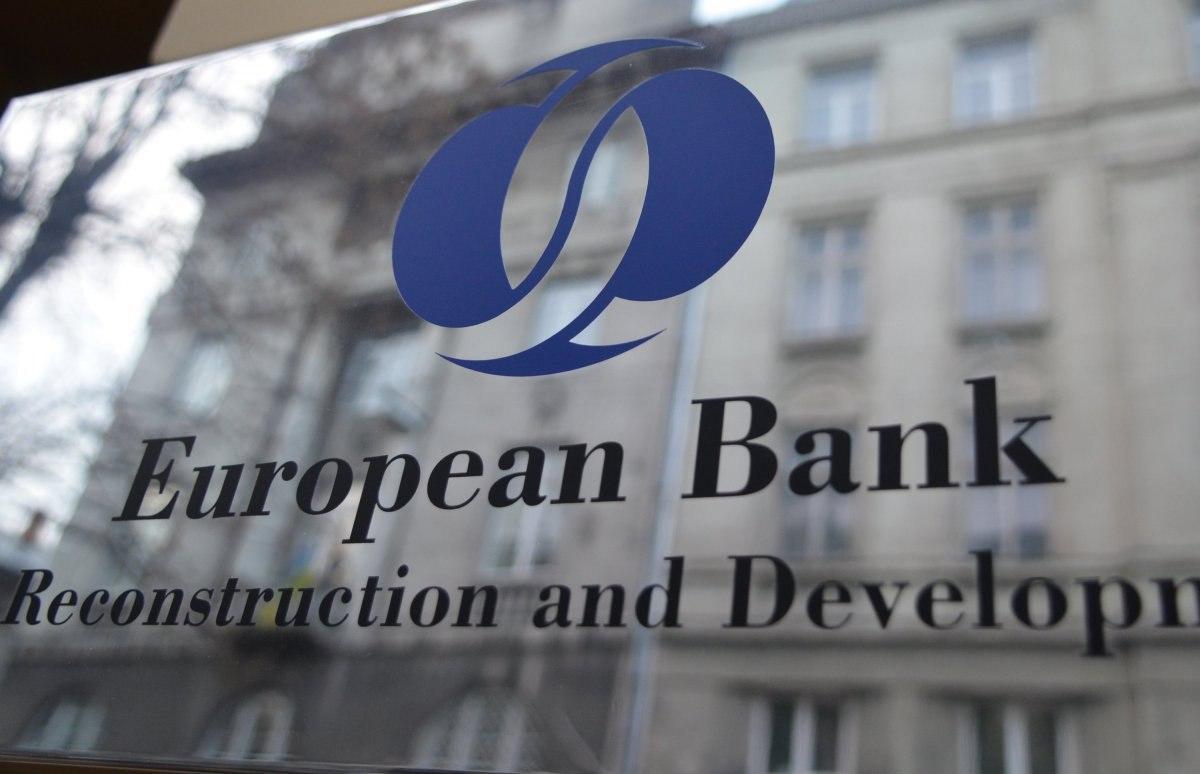A thorough look at prospects in “Turkish Retail Sector” – by Semiha Ünal

Turkey as a developing country has been a country of attraction for retail business industry on a global scale. It is observed that the substantial growth in economy as well as population and the rise in per capita income have been major factors contributing to the growth in the sector in recent years.
Turkey’s population is nearly 79 million. The median age in 2014 was 30.7, while in 2008 the median was 28.5 years. Thus, while the population is ageing, almost half of all citizens are under the age of 30. According to a report by Banco Bilbao Vizcaya Argentaria, by 2020 Turkey’s affluent and medium-upper middle class will account for some 45% of the population-up from 27% in 2010. Much of the country’s growth has been consumption-driven, too. Household consumption was up 4.6% year-on-year in 2013, and 1.3% in 2014.
Some figures might be inexact due to the size of the grey economy with many small corner-shop retailers operating in an only semi-registered fashion. The government has been making efforts to bring these traders into the system, however. The new retail law regulates the establishment, operation and auditing of all retail entities, while a retail information system and a sector database will also be set up. With this new retail law-the law on Regulation of Retail Trade enacted in January 2015- the government seeks to protect small-and medium-sized enterprises from larger chains.
One major thrust in regards recently has been that of increasing the usage of electronic data exchanges. When even small local stores have electronic card readers, for example, it is more straightforward for the tax authorities to bring that store into the system. The available data on the retail market is impacted by the relative effectiveness of these measures over time, though.
As the size of the market is expected to double over the next decade, Turkey obviously represents a major opportunity for retailers.
The biggest hike has occurred in the non-food segment (except automotive fuel), with the index rising from 100 in 2010 to 129.1 in February 2015. Food, drinks and tobacco, meanwhile, climbed to 118.4 over the same period. Within the non-food segment, the top three growth areas in retail over the last few years have been the internet and mail order retail which stood at 217 in February 2015. Second in the row were textiles, clothing and footwear rising from 100 to 155.7 followed by computers, books, and telecommunications equipment which climbed from 100 to 124,9. E-commerce was a highly marginal activity only a few years ago, which illustrates the changing tastes and patterns of behavior of Turkish consumers, as they become wealthier and more technologically connected.
The Turkish consumer remains highly price-conscious, though. This is reflected in particular in the food segment which is still the largest retail area, with some 62% of all stores and with the remarkable success of discount supermarket chains like BİM, A 101 and SOK Supermarkets. Yet, while the big three discounters crowd the top end of the food business, a non-discount business remains number two in terms of turnover, namely Migros. Despite international ownership at MIGROS, its management has been entirely Turkish. This is a point often stressed by analysts to explain why the chain has been so successful, while other international chains have not done so well. Although the reasons for withdrawals of groups like Dia, Dixon’s, Electroworld are partly internal issues of such particular companies, this has to do with the peculiarities of the Turkish market, as well.
In 2015 total supply in the shopping centre segment reached 9.9b sq metres in more than 350 shopping malls, with 635.000 sq metres of space added during the year, according to real estate firm Cushman and Wakefield. One of the recent trends with shopping centres has been the spread of these to secondary cities like Gaziantep, Şanlıurfa, Kahramanmaraş, and Samsun. The second trend is more towards more exclusive outlets in the more developed market of Istanbul. The Zorlu Centre, for example, which was also completed in 2013, now houses a variety of luxury outlets, initiating a new wave of exclusive, high-end retail malls.
With much new retail space coming on stream, Turkey’s retail market remains buoyant. For foreign investors, the lesson of recent times would appear to be that retail businesses still need a good dose of local knowledge, even in these times of globally integrated business chains. Good geographical positioning and strong local partnerships may therefore be the way forward. At the same time, Turkish retailers are increasingly on the lookout abroad for opportunities- and additional global partnerships.
Semiha Ünal
Consultant for “Business in Turkey”
BUSINESSSUPPORTURKEY.com
Source: Turkstat, The Report ,Turkey 2015





